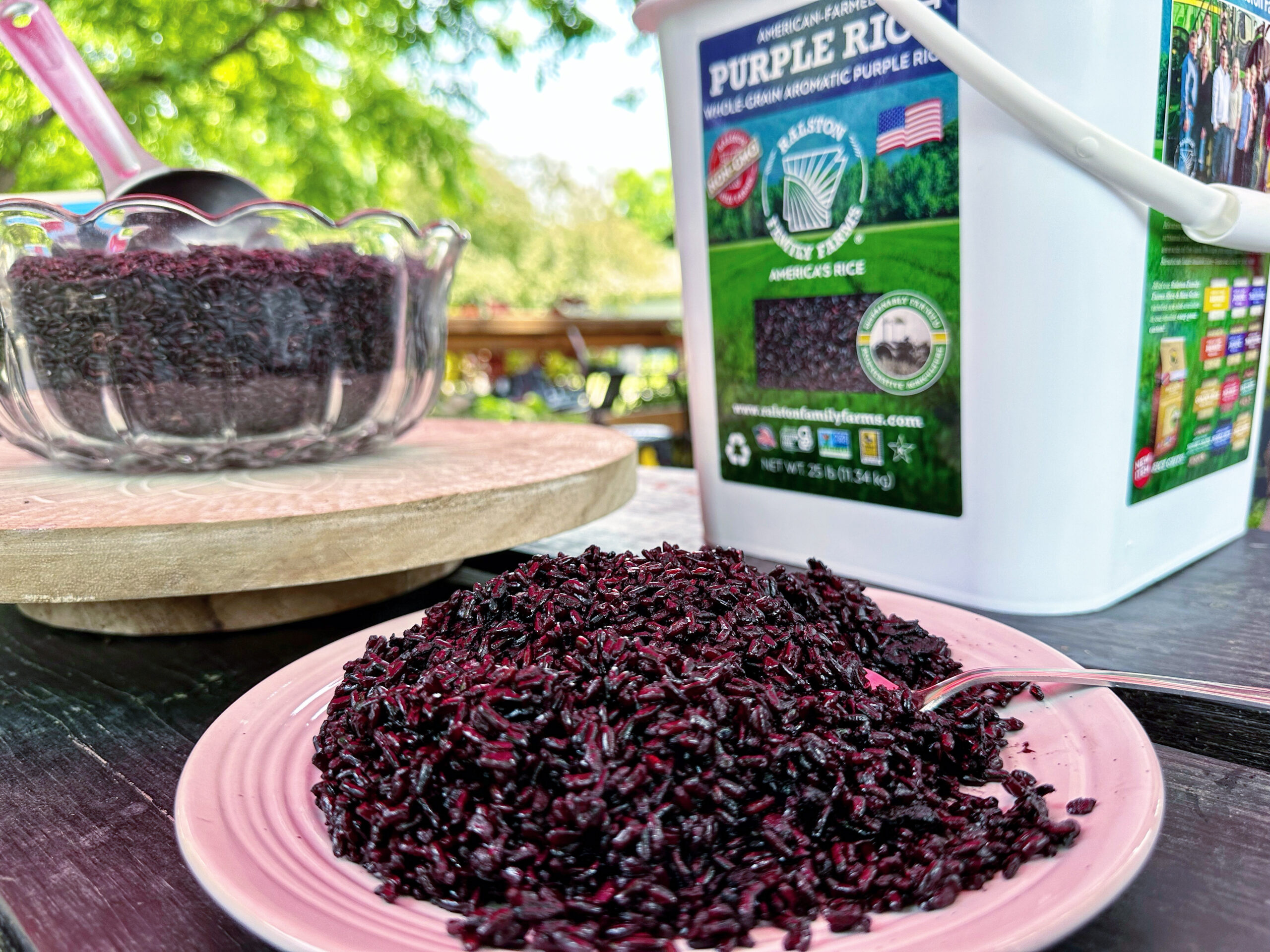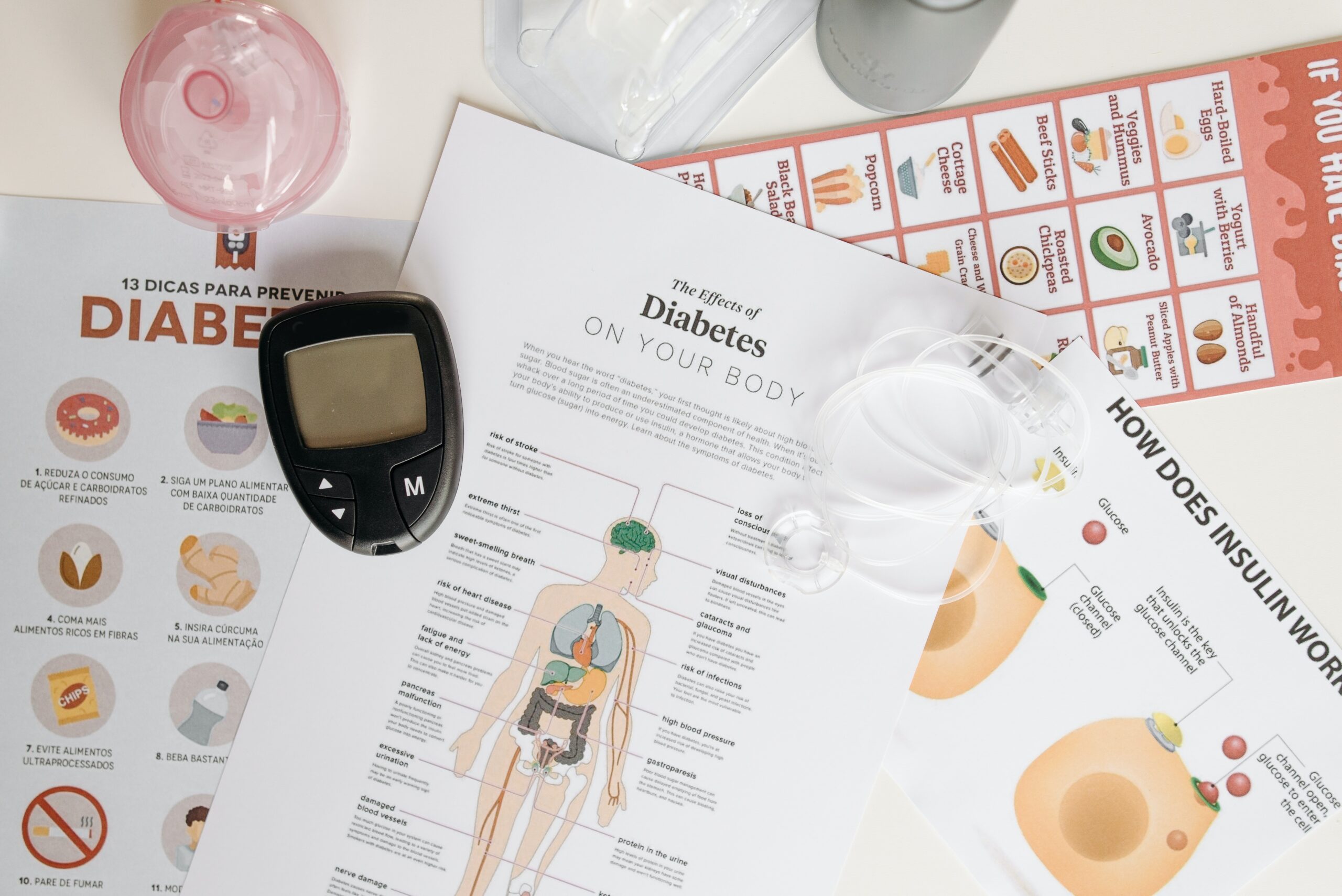
A Healthier Approach to Rice: Techniques to Lower its Glycemic Impact
For many of us, rice is a regular staple in our meals. It’s versatile, pairs well with a variety of dishes, and can be incredibly satisfying. However, for those mindful of their blood sugar levels, it can be a bit of a challenge.
People with diabetes are not the only ones that should pay attention since the disease is on a very alarming rise. While this may be a tangent from the topic, I crossed a startling stat as I researched. “People with diagnosed diabetes incur average medical expenditures of $16,752 per year, of which about $9,601 is attributed to diabetes.” per the American Diabetes Association. [1]
One tool developed for diabetes is the glycemic index which gives an estimated effect on blood sugar effects after eating a particular food.
Considerations for Improving the Glycemic Load of Rice
Understanding foods’ glycemic index (GI) and glycemic load (GL) can be a powerful tool for managing blood glucose levels, particularly for individuals with diabetes. This article explores the concept of glycemic index and glycemic load, rates the GI and GL of different types of rice, and discusses techniques to potentially reduce the glycemic impact of rice.
Understanding Glycemic Index
The glycemic index (GI) is a numerical ranking that reflects how much a food raises blood sugar levels. Scores range from 0 to 100, with glucose (a type of sugar) being 100. Foods with a low GI (55 or less) cause a slow, steady rise in blood sugar, while those with a high GI (70 or more) can lead to a rapid spike.
But the GI only tells part of the story. The glycemic load (GL) accounts for both the type and quantity of carbohydrates in a food serving. The GL offers a fuller picture of how a food can impact blood sugar levels.
The classification for glycemic load is as follows: low (10 or less), medium (11-19), and high (20 or more).

1. Choose Colored Rice for Lower Glycemic Ratings
The glycemic index of rice can vary depending on the type. The average GI for white rice is around 73, which is considered high. Brown rice, on the other hand, has a slightly lower GI, around 68, which falls into the medium range. However, the GL of a typical serving of each would be lower, as the amount of carbohydrates in a typical serving is less than the amount used to calculate GI.
The red and purple rice from Ralston Family Farms has a GI of below 55, making it one of the best options I’ve come across and has the added health benefits of being an antioxidant power house.
2. Eat Protein and Fat First, Then Carbohydrates
The sequence in which you consume different types of food may affect post-meal blood sugar levels. Some studies suggest that eating protein and fat along with vegetables before consuming carbohydrate-rich foods can lead to lower post-meal glucose and insulin levels compared to eating carbohydrate-rich food first. This is because proteins and fats can slow the absorption of carbohydrates, leading to a more gradual increase in blood sugar levels.
3. Cook Rice with Fat (Like Coconut Oil)
A study from the College of Chemical Sciences in Sri Lanka explored this. The authors cooked 38 types of rice with coconut oil, then cooled it immediately.
The result? A rise in ‘resistant starch’—the kind that doesn’t turn into blood sugar and increase calorie intake. For every one cup of rice, add 1-3 tbsp of coconut oil. Either add into boiling water while cooking the rice or put it in with the rice in the rice cooker.
The technique reduced calories absorbed by the body by about 10-12% in the rice variety they tested. [2]
4. Refrigerate 12 Hours before Eating
One intriguing method to potentially reduce the glycemic impact of starchy foods like rice involves a process known as retrogradation. When cooked starchy foods are cooled, the starch molecules realign themselves into a more resistant structure to digestion. This newly formed structure, known as “resistant starch,” acts more like dietary fiber in our bodies. Even when the food is reheated, the resistant starch remains. Therefore, cooling and then reheating rice might lead to a more gentle rise in blood sugar than consuming it hot immediately after cooking.
The previously mentioned study also suggested that with some types of rice, calorie absorption could be cut by up to 50-60%. These results are preliminary and more research is needed to confirm them. [2]
Conclusion
Understanding and managing the GI and GL of foods can be a beneficial part of managing blood glucose levels. While rice, mainly white rice, can have a high GI, certain techniques, such as consuming protein before carbohydrates and cooling and reheating rice to increase resistant starch content, might help moderate its glycemic impact. However, individual responses can vary. Remember that maintaining a balanced diet, with a good mix of carbohydrates, proteins, and fats, is key for overall health.
References:
[2] James, S. A., et al. (2015, March). “The impact of cooling of rice on resistant starch content and glycemic load.” Paper presented at the 249th ACS National Meeting & Exposition, Denver, Colorado.” https://pubmed.ncbi.nlm.nih.gov/26693746/
